Rising Demand for Organic Products
The Vinegar Market is experiencing a notable increase in demand for organic vinegar products. Consumers are becoming more health-conscious and are actively seeking natural and organic alternatives to conventional products. This trend is reflected in the growing sales of organic vinegar, which have seen a compound annual growth rate of approximately 10% over the past few years. The shift towards organic consumption is driven by a desire for healthier lifestyles and the avoidance of synthetic additives. As a result, manufacturers are increasingly focusing on producing organic vinegar options to cater to this expanding consumer base. This trend not only enhances the product offerings within the Vinegar Market but also aligns with broader movements towards sustainability and environmental responsibility.
Culinary Trends and Gourmet Cooking
The Vinegar Market is significantly influenced by evolving culinary trends and the rise of gourmet cooking. As consumers become more adventurous in their culinary pursuits, there is a growing interest in diverse vinegar varieties, including balsamic, apple cider, and flavored vinegars. This trend is supported by the increasing popularity of cooking shows and social media platforms that promote innovative recipes. The gourmet segment of the vinegar market has been expanding, with sales of specialty vinegars rising by approximately 15% annually. This shift indicates that consumers are willing to invest in high-quality, unique vinegar products to enhance their cooking experiences. Consequently, manufacturers are responding by introducing new flavors and premium products, further enriching the Vinegar Market.
Health Benefits and Functional Foods
The Vinegar Market is benefiting from the increasing awareness of health benefits associated with vinegar consumption. Research suggests that vinegar, particularly apple cider vinegar, may aid in weight management, blood sugar regulation, and digestive health. As consumers gravitate towards functional foods that offer health advantages, vinegar is gaining traction as a versatile ingredient in both culinary and wellness applications. The market for health-oriented vinegar products is projected to grow, with an estimated increase of 8% in sales over the next five years. This trend is prompting manufacturers to highlight the health benefits of their vinegar products, thereby attracting health-conscious consumers and expanding the overall market. The integration of vinegar into health-focused diets is likely to further solidify its position within the Vinegar Market.
Sustainability and Eco-Friendly Packaging
The Vinegar Market is increasingly aligning with sustainability initiatives, particularly in terms of eco-friendly packaging. As environmental concerns rise, consumers are becoming more discerning about the packaging of the products they purchase. Many vinegar manufacturers are adopting sustainable practices, such as using recyclable materials and reducing plastic usage. This shift is not only appealing to environmentally conscious consumers but also aligns with regulatory pressures for sustainable packaging solutions. The market for sustainable packaging in the food sector is expected to grow by 20% in the coming years, indicating a strong trend towards eco-friendly practices. By prioritizing sustainability, vinegar brands can enhance their appeal and differentiate themselves in the competitive Vinegar Market.
Expansion of Retail Channels and Distribution
The Vinegar Market is witnessing an expansion of retail channels and distribution networks, which is facilitating greater accessibility for consumers. The rise of e-commerce platforms has transformed the way vinegar products are marketed and sold, allowing consumers to purchase a wide variety of vinegar options from the comfort of their homes. Additionally, traditional retail channels, such as supermarkets and specialty stores, are increasingly dedicating shelf space to vinegar products, reflecting the growing consumer interest. This expansion is supported by data indicating that online sales of vinegar have increased by 25% in recent years. As distribution channels continue to diversify, the Vinegar Market is likely to experience enhanced growth opportunities, reaching a broader audience and catering to diverse consumer preferences.




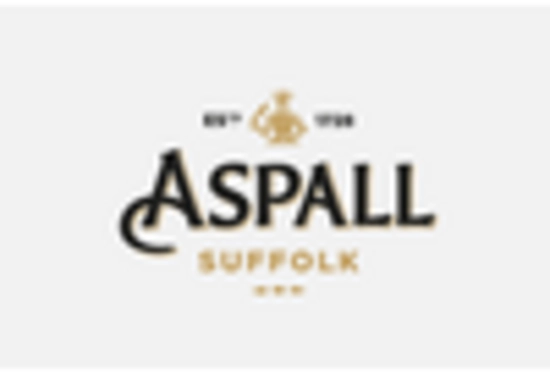
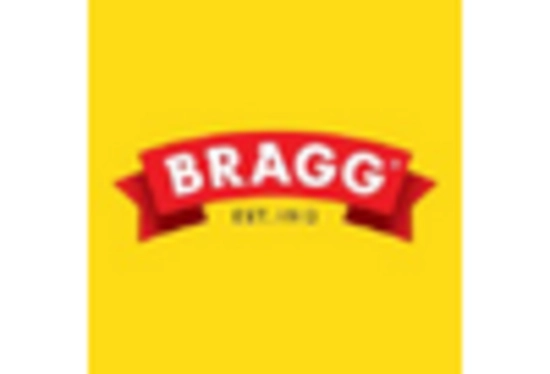
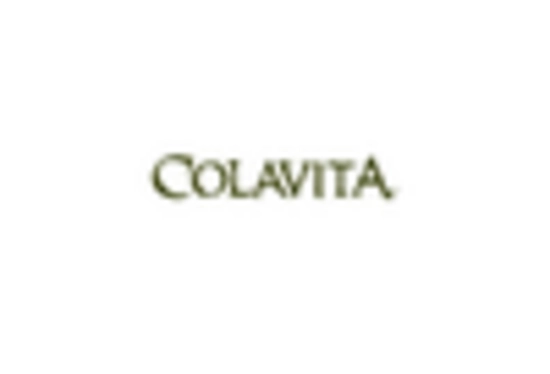
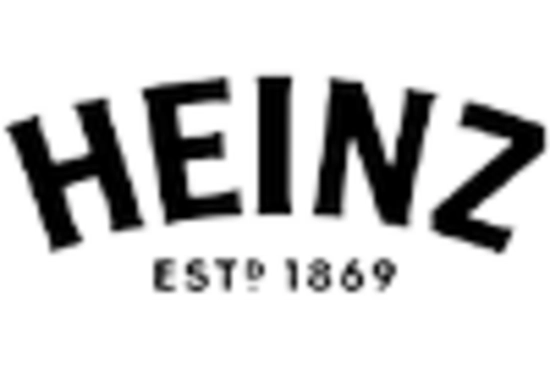
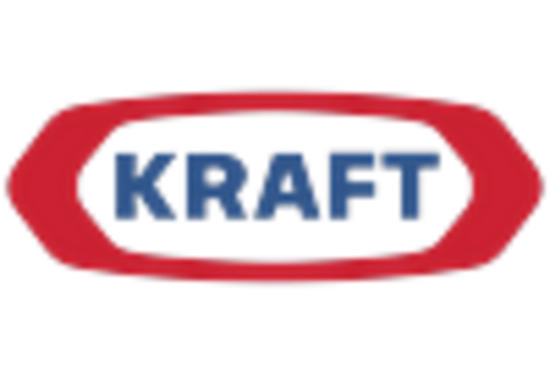









Leave a Comment